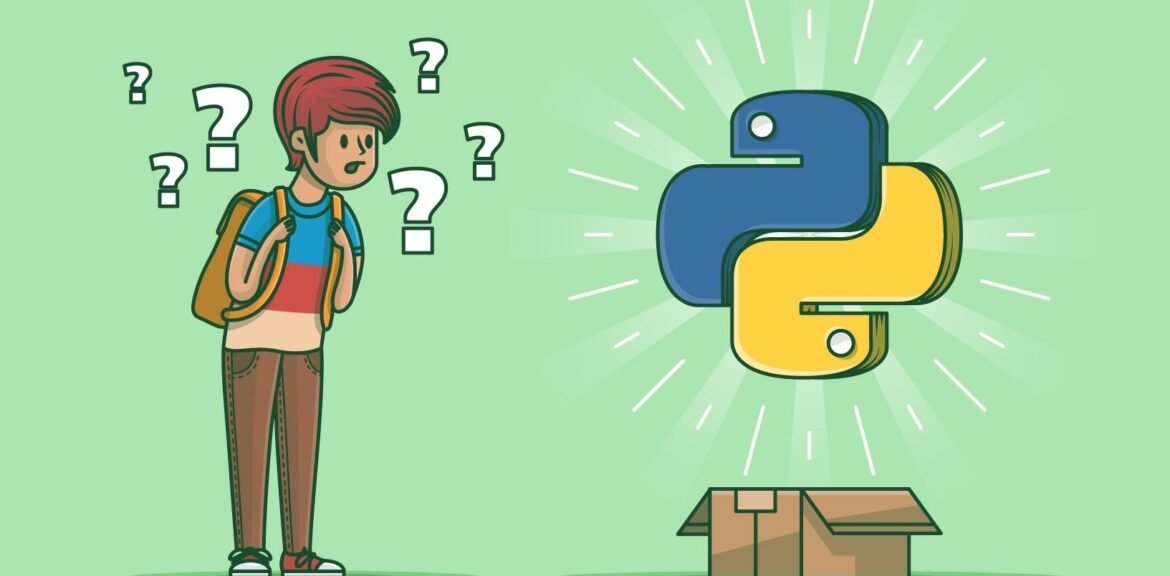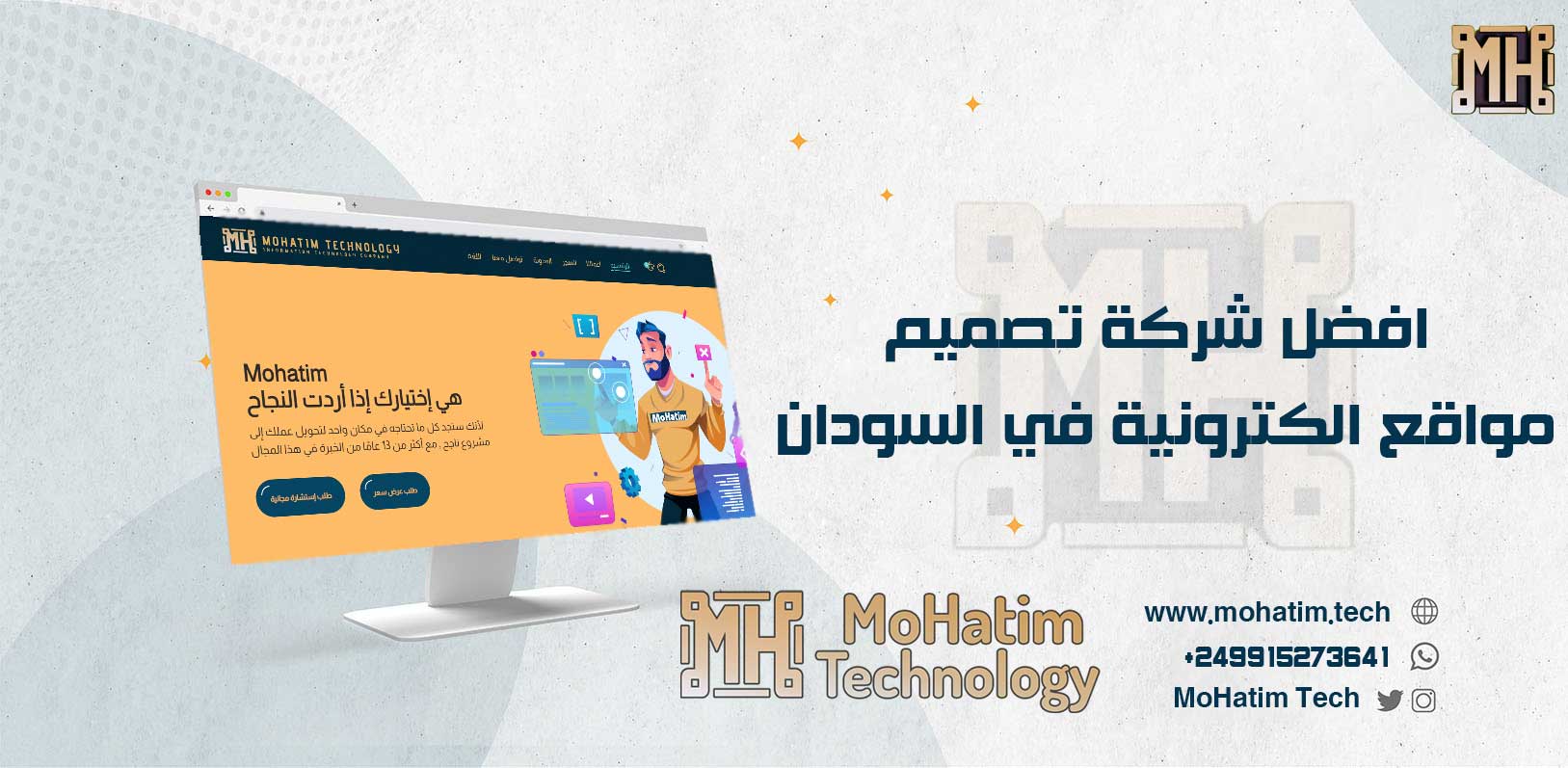
It must be exciting to embark on your journey of learning Python. Over the years, Python has grown to become one of the most influential languages in the programming world. The demand for Python learning has reached new heights because of the various benefits it entails and how easy it is to learn. As a novice, you must be wondering how to start learning Python and what is the right way to go about it. To answer all your questions carefully, we have curated this article to help you understand how you can grasp Python in no time.
We believe that the first thing in learning a programming language is ensuring that you know how to go about it. Deciding how to learn is inarguably the most crucial skill of computer programming.
You may wonder why learning how to learn programming is so important. The answer is simple: so that you learn Python programming strategically and not in a haywire way. As programming languages evolve owing to their demand, libraries are built and keep expanding to aid the ever-growing demand for programming. Tools are constantly upgraded to keep up with the increasing demand. Therefore, knowing where to start and how will be essential to keep up with these new challenges, and it will help you become an accomplished programmer.
We have curated this article to offer you various learning strategies that will help kick-start your journey of becoming an expert Python programmer!
Code Everyday
Consistency is key when you are about to learn a new language. We advise you to commit to coding every day. It may sound surprising to you, but muscle memory plays a crucial part in programming. Committing to code every day will help sharpen your muscle memory. It may seem daunting initially, but consider starting with twenty-five minutes daily, then work your way up to at least two hours regularly (or more, as per requirement).
Interact with Others
Another crucial aspect of learning Python the right way is to interact. By interaction, we do not mean talking. We are stressing the use of communication tools. If you are learning about the primary Python data framework (lists, strings, dictionaries, variables, etc.) for the first time, or whether you want to debug an application, the highly interactive Python shell will become your best buddy. Python shells are one of the best learning tools, and budding coders use them a lot!
If you want to utilize the interactive Python shell (also known as a “Python REPL”), first ensure the Python programming language is installed on your computer. After installing Python in your system, you must activate the interactive Python shell. You have to open your terminal and start running python or python3, depending on what you have installed.
Take Notes
While you are progressing on your journey as a novice programmer, you must take notes of everything you hear and come across. You do not want to miss out on any important detail, do you? In fact, researchers opine that taking running notes on paper is highly beneficial for long-term retention. It is especially advantageous for those working hard to become full-time developers. Please note that almost all interviews in the top software companies will require you to create/write a code in front of them.
As soon as you start working on small programs or codes, you can begin penning down the details on paper before moving to your computer. It will be best to record all code details and programs in an exercise book. You are also saving yourself a lot of time if you write down and record which functions and classes you will require later. Also, record how these functions interact with each other.
Give Yourself Breaks
While coding requires effort and hard work, it also requires patience. When developing a code, it is crucial to step back and assess your work from a distance to understand concepts better. A very famous and constructive technique called “The Pomodoro Technique” is widely used by developers to code better. According to the technique, you have to work for 25 minutes, take a small break, and keep repeating the process. Taking breaks allows you to freshen your mind, which will perform with revitalized energy and pour ideas you didn’t see coming, mainly when working on a complex program requiring a lot of new information.
Breaks are all the more critical when you are debugging. When you come across a bug and can’t understand what went wrong, take a short break and come back to the problem again. Keep your computer aside, go for a walk. Refresh your mind and then return to your code with an unclogged mind.
In programming, always ensure that your code is following the rules of language and logic correctly. Every little detail matters greatly while programming. Even a missing quotation mark can change the meaning of the code incorporated. Fresh eyes will help to detect flaws better.
Surround Yourself with Other Young Learners
Please note that coding is not a solitary activity. It mainly works best when you work as a team. When learning to code, it is incredibly crucial to surround yourself with other learners who are pursuing the same goal. It becomes a gateway for everyone to learn, teach and solve complex programs quickly. It also allows the coders’ community to share various tips and tricks they learn on their way.
Not knowing anyone in the group is not a problem. There are several ways to interact with others over a common issue and find your place in the programming world. You can keep checking out local events, seminars, or meet-ups to stay active in the Python learning community.
Pair Programs
Pair Programming is a method that involves two code developers working together at a workstation for a given task. While the work is in progress, the developers keep switching between being the “navigator” and the “driver.” While the “driver” writes the code, the “navigator” guides the driver to navigate the problem, helping solve and review the code as written. Frequent switching is beneficial for both.
Pair programming offers several benefits. It allows someone to view your code, thus bringing in a new perspective. It also allows you to assess and navigate someone else’s code, which tests your ability. The technique of code checking and navigating helps to build the program better and stronger. Exposure to multiple ideas and new ways of modulating a program will help you problem-solve when you write your code independently.
Educate
The best way to learn to program is to teach it. This helps greatly when you start learning Python. There are several ways to educate: you can teach Python enthusiasts using whiteboards, you can write blog posts putting down newly discovered concepts, you can also record videos where you are explaining concepts you learned, or simply engage with the young learners one-on-one. These techniques will surely solidify your understanding of the language and expose any misinformation or gaps in your learning.
Build Something
For beginners, it is imperative not to keep practicing what they learned but also to put that knowledge into building or creating something. When you feel confident enough with your coding practice, you must try your hand at making codes. Several small exercises are available on the internet to help you test your memory. Once you have a concrete grasp on fundamental ideas of data structures and functions (strings, variables, libraries, lists, sets), building class structures, object-oriented programming, and it’s time to construct!
More importantly, what you create is not as important as how you make it. There are several ways to write a program, but a smart coder will choose the quickest and smartest ways to design a code. The daily problems will help you learn the wisest way to develop a code.
There is a list of ideas that will strengthen your skills with beginner Python projects. Here are a few ideas to get started:
- Work the number-guessing game
- Work on the simple calculator app
- Work on Dice Roll Simulator
- Bitcoin Price Notification Service
Ask Important Questions
Last but not least, come up with unique questions to ask our teacher. When learning Python, you may incur a lot of obstructions while coding. It is vital to analyze the problems and see whether they have a pattern. If you notice similarities in your doubts, it is best to frame one question for your teacher rather than asking them a hundred different questions of the same kind. It will help you save a lot of time.
Conclusion
We have prepared this guide to help you navigate your way through learning Python. However, it is best to enroll in a Python development course to sharpen your knowledge even better. The teachers present in the institute will guide you through the path, taking enough tests and discussing enough topics to prepare you for job placement. Skipping any of the mentioned steps can result in back-and-forth discussions that may obstruct your learning. Enroll in a renowned institute to ensure fruitful results and get placed in the company of your dreams.



